In the vast emptiness of space, two small spacecraft carry perhaps the most ambitious cultural artifact ever created by humanity: the Voyager Golden Records. Affixed to the Voyager 1 and Voyager 2 probes, these 12-inch gold-plated copper disks serve as a time capsule of Earth, intended to communicate the story of our world to any extraterrestrial intelligence that might encounter them. The records are a testament to human curiosity, creativity, and the desire to reach out beyond our solar system.
The concept of the Golden Records was born from the mind of astronomer Carl Sagan, who led a team of scientists, artists, and thinkers in selecting the contents. Unlike earlier space missions that carried simple plaques, the Voyager records were designed to be far more comprehensive. They contain sounds, music, and images that encapsulate the diversity of life and culture on Earth. The records also include spoken greetings in 55 languages, from ancient Akkadian to modern Wu Chinese, as well as a message from then-UN Secretary-General Kurt Waldheim.
The music selection is particularly fascinating, representing a cross-section of human artistic expression. From Bach’s Brandenburg Concerto to Chuck Berry’s "Johnny B. Goode," the tracks span genres, cultures, and centuries. There are classical compositions, traditional folk songs, and even the haunting melodies of Bulgarian shepherd pipes. The inclusion of "Dark Was the Night, Cold Was the Ground" by Blind Willie Johnson, a blues piece with no lyrics, speaks to the universal language of emotion. Sagan and his team believed that music, as a non-verbal medium, might be the most accessible form of communication for an alien civilization.
The images encoded on the records are equally thought-provoking. They range from scientific diagrams of DNA and human anatomy to snapshots of everyday life—children playing, people eating, workers laboring in fields. There are photographs of architectural marvels like the Great Wall of China and the Taj Mahal, as well as natural wonders such as the Grand Canyon and a breaking ocean wave. These images were carefully chosen to convey not just the facts of Earth, but also the essence of human experience.
One of the most intriguing aspects of the Golden Records is the instruction manual etched onto their covers. Since extraterrestrials would have no knowledge of human technology, the team designed a series of symbols explaining how to play the record. A diagram shows the correct rotation speed (3.6 seconds per revolution), while another illustrates how to decode the audio waveforms into sound. The cover also includes a map locating Earth relative to 14 pulsars—a cosmic "you are here" marker that could theoretically guide an alien species to our planet.
Critics have questioned whether the records will ever be found, given the unimaginable distances between stars. Voyager 1, the farthest human-made object from Earth, won’t come close to another star system for tens of thousands of years. Yet, the Golden Records were never just about practicality. They are a symbolic gesture, a message in a bottle cast into the cosmic ocean. They represent humanity’s hope that we are not alone in the universe and our willingness to connect with whatever—or whoever—might be out there.
Today, as the Voyager probes continue their journey into interstellar space, the Golden Records remain a powerful reminder of Earth’s fragility and beauty. They capture a moment in time, a snapshot of a civilization that dared to dream beyond its own horizon. Whether or not they are ever discovered, the records have already achieved something profound: they have made us reflect on what it means to be human and what we might want to say to the stars.

By /Aug 8, 2025

By /Aug 8, 2025

By /Aug 8, 2025

By /Aug 8, 2025

By /Aug 8, 2025
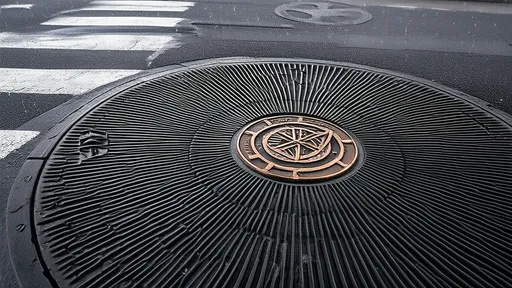
By /Aug 8, 2025

By /Aug 8, 2025

By /Aug 8, 2025

By /Aug 8, 2025

By /Aug 8, 2025

By /Aug 8, 2025
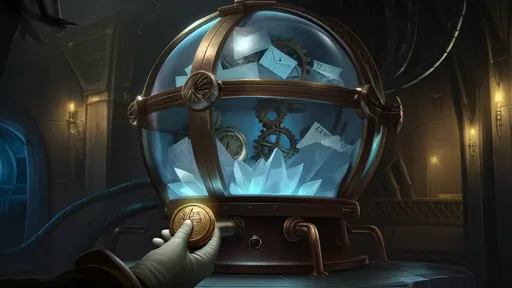
By /Aug 8, 2025
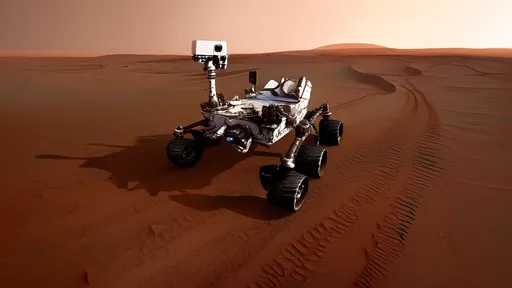
By /Aug 8, 2025
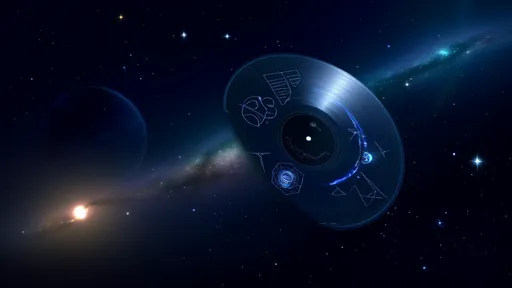
By /Aug 8, 2025

By /Aug 8, 2025
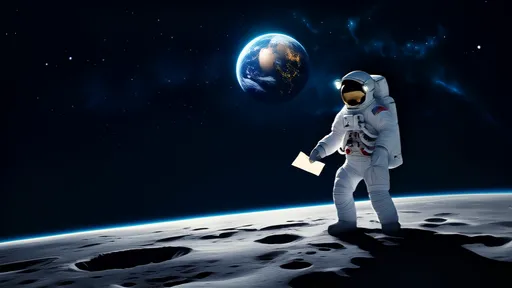
By /Aug 8, 2025
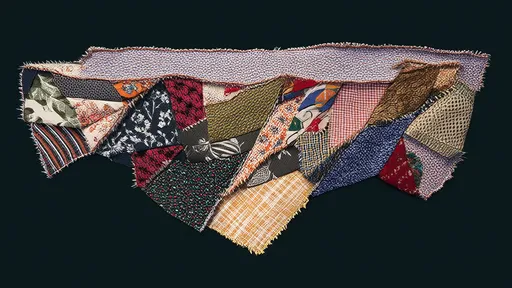
By /Aug 8, 2025

By /Aug 8, 2025

By /Aug 8, 2025

By /Aug 8, 2025